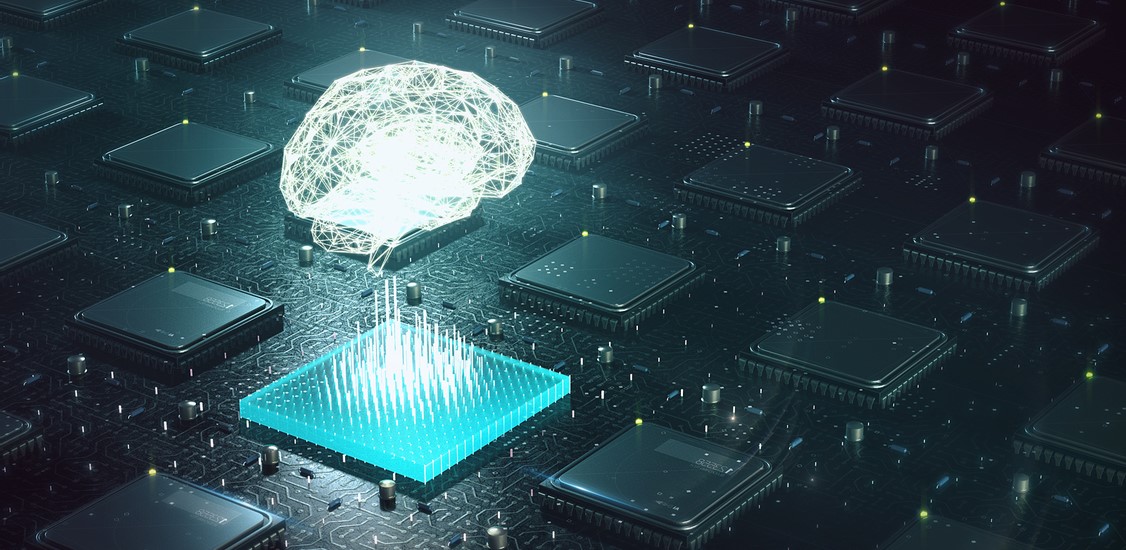5G is changing how networks are designed and built, especially at the network edge
5G continues to grab the headlines, with massive ad campaigns being run by nearly every major service provider. Beyond consumers, 5G is also top-of-mind for enterprises. Recently, Deloitte surveyed executives at 400 global companies about their use of 5G, and found that 58% are already running 5G pilot projects or deploying solutions, with the number of organizations planning to use 5G at the edge growing steadily.
Naturally, the continued growth of cloud, IoT and connected devices is changing the volume and nature of traffic on networks. Service providers now face the monumental task of building and operating cost-effective networks that can scale to the demands of hyper-connected consumers and businesses. As a result, the way that service providers deliver internet connectivity to people, companies and devices is due for a major shake-up.
However, 5G by itself will not enable us to reach our technology goals. While 5G will be the “superhighway” for connectivity, new workload partitioning will be needed to get networking and computing resources where we want them, when we want them - and do so in an efficient manner. Moving computingfrom a centralized cloud to the edge of the network and edge devices closer to customers. Instead of sending all data to a cloud for processing, the network edge and device endpoints support the analysis, processing, and storage of the data.
New frontiers for AI at the network edge
There are several examples of applications that can benefit from distributing the workload between the cloud, network edge and device endpoints. Computer vision opens several different uses in various industries. The security and surveillance market can benefit from small cameras at the edge that can process video footage locally and make decisions (using AI) to protect homes and property. Networked cameras can also help people monitor their pets at home or provide security for their house or apartment while they are away, providing peace of mind. AI processing that is too heavy for edge cameras, but still requires low latency can be processed at the network edge, whereas long-term storage and analysis can be handled in the cloud.
Drones with connected cameras can also help to monitor areas, process images, and make decisions locally, on the device, using AI. This helps to explore, monitor, and secure more surface area, especially those that are hard to reach due to terrain, height, etc.
The vehicle industry also represents significant opportunities. For example, tiny dashboard cameras (with AI) are now being installed in truck fleets. These AI-based cameras can read speed limit signs, and then automatically reduce the truck’s speed. This is helpful in construction zones that may require lower speeds. The benefits include enhanced safety, and a reduction in the number of speeding tickets, which is a significant cost for trucking companies every year.
And the telecommunications carriers themselves can benefit from having AI at their edge locations to protect their equipment. Physical security and environmental monitoring of network sites can take place on small cameras installed in a cell tower, helping to protect against vandalism, track weather events and provide fault management to protect network integrity. In 2020, conspiracy theories about 5G and COVID-19 spread throughout the internet and people began setting fire to cell towers in the UK. These incidents have led carriers to be more diligent about enhancing the physical security of their networks and related equipment.
“As 5G networks are getting more cloudified, there is more opportunity in the network for AI to optimize for performance, coverage, fault management, energy efficiency, and more,” said Dean Bubley, technology industry analyst and founder of Disruptive Analysis. “There is also opportunity for the network operators to offer new services to their customers that are based upon AI running at the edge or with edge compute capabilities.”
How AI brings powerful new capabilities to the edge
Many AI applications need bursts of computing power, memory, and energy to do its complex analysis to make decisions. While this is fine in a data center with a lot of computer power, it can prevent the move of AI to the edge. AI-enabled edge devices are needed to go beyond simple tasks to analyzing data, making decisions, and taking action.
In all, to truly make 5G a game changer for people and businesses, network optimization is the key, and the edge is a prime area for that optimization. New advancements in AI are making Deep Neural Networks faster, smaller and more energy efficient – and helping move AI from the cloud and data centers to the edge. This can open up significant opportunities for network providers, allowing them to offer new, additional services to their customers, which can create significant opportunity for the future.




















